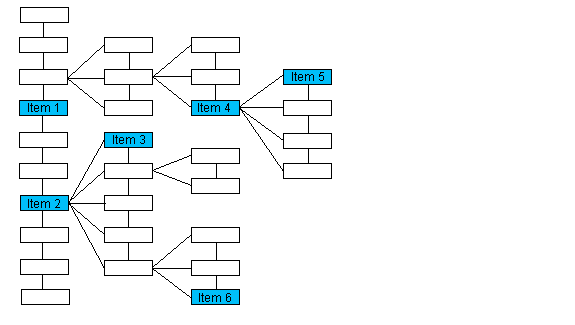
|
Products | Support | Email a link to this topic. | Send comments on this topic. | Back to Introduction - All Topics | Help Version 19.0.3.25
|

|
Products | Support | Email a link to this topic. | Send comments on this topic. | Back to Introduction - All Topics | Help Version 19.0.3.25
|
| Leadtools.Dicom Namespace > DicomDataSet Class : GetChildElement Method |
public DicomElement GetChildElement( DicomElement element, bool includeVolatile )
'Declaration
Public Function GetChildElement( _ ByVal element As DicomElement, _ ByVal includeVolatile As Boolean _ ) As DicomElement
'Usage
Dim instance As DicomDataSet Dim element As DicomElement Dim includeVolatile As Boolean Dim value As DicomElement value = instance.GetChildElement(element, includeVolatile)
public DicomElement GetChildElement( DicomElement element, bool includeVolatile )
public DicomElement getChildElement(DicomElement element, boolean includeVolatile)
function Leadtools.Dicom.DicomDataSet.GetChildElement( element , includeVolatile )
public: DicomElement^ GetChildElement( DicomElement^ element, bool includeVolatile )

| If the passed object points to: | The method returns an object pointing to: |
|---|---|
| Item 1 | null |
| Item 2 | Item 3 |
| Item 4 | Item 5 |
| Item 6 | null |
The following methods will also help you navigate the Data Set:
A volatile element is an element that can be changed or destroyed in the process of inserting or setting an image. A non-volatile element is an element that must be changed manually; it is not changed or destroyed by inserting or setting an image.
For example, a grayscale image has elements DicomTag.SmallestImagePixelValue, DicomTag.LargestImagePixelValue, etc. If the image is changed to a color image, these elements disappear and the following elements appear: DicomTag.RedPaletteColorLookupTableDescriptor, etc. These are volatile elements since they are changed or destroyed when an image is changed or set.
To retrieve a child element that must be changed manually, i.e., is not volatile, set includeVolatile to false. To retrieve a child element that may be either volatile or non-volatile, set includeVolatile to true.